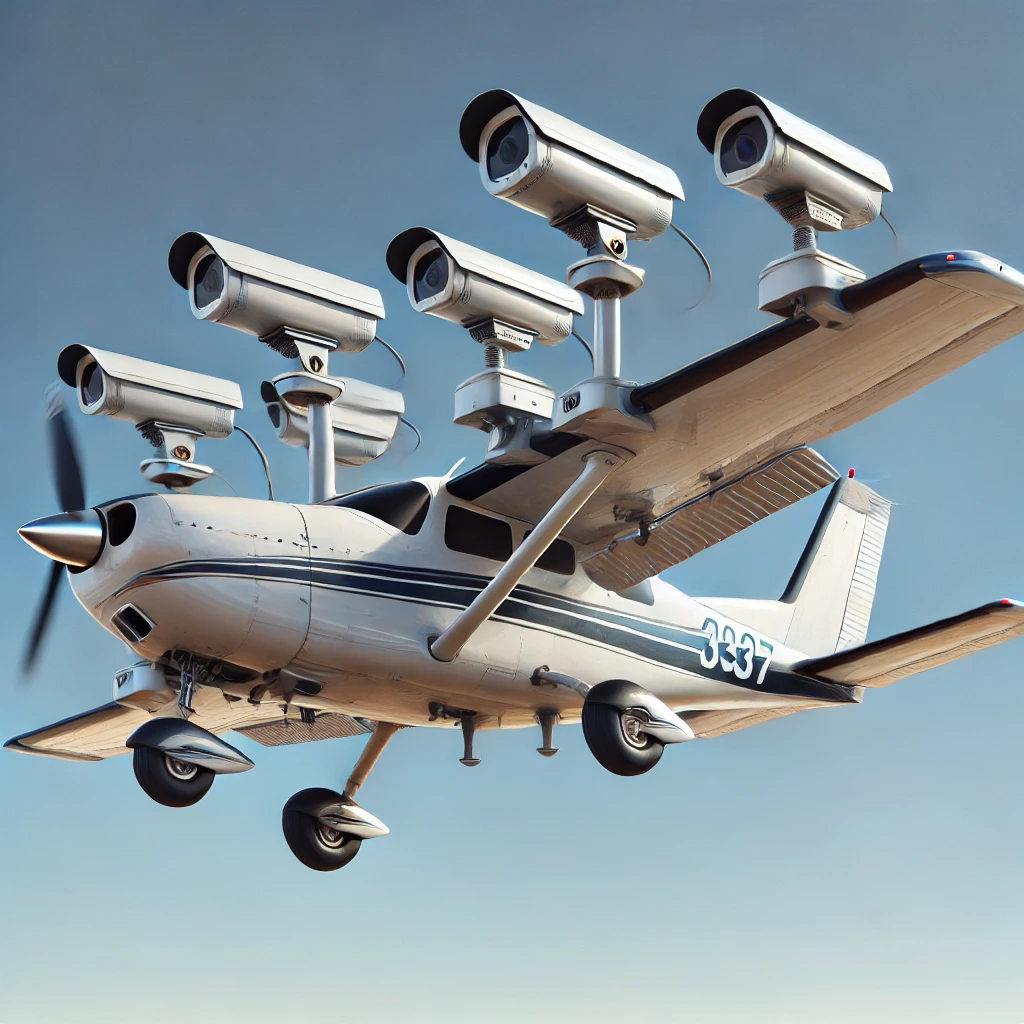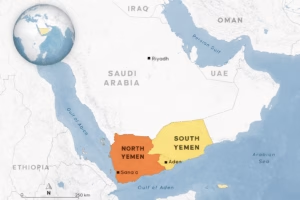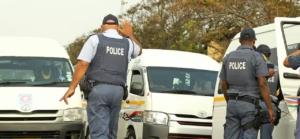The City of Cape Town has introduced its latest tool in the fight against crime: Eye-in-the-Sky. This advanced aerial surveillance system, also known as information, surveillance, and reconnaissance (ISR) technology, is designed to address various criminal activities including gang violence, poaching, stolen vehicles, and vegetation fires.
Eye-in-the-Sky features a two-seater piloted aircraft, specifically a Cessna 337, equipped with cutting-edge cameras that deliver high-definition aerial imagery. These images enhance the efficiency of policing operations. The infrared cameras on the aircraft have the capability to detect heat signatures from a recently fired gun, body heat in cold water, and the heat from the wheels of a speeding vehicle. Additionally, the aircraft can operate at altitudes higher than drones, providing a significant advantage.
During a demonstration, which included a simulated search, rescue, and car chase, Western Cape Premier Alan Winde expressed his admiration for the technology’s potential in crime prevention.
‘[This] will give the edge to our 1 300 new officers we have deployed via the LEAP partnership between the Western Cape Government and City,’
said Winde.
He further explained the benefits of integrated technology in policing:
‘This morning’s demonstration showed how the City is able to carry out a search, rescue, and chase operation using integrated technology, from aerial surveillance to bodycams on officers, and licence-plate recognition cameras along highways,’
he added.
Winde emphasized the importance of this development in enhancing law enforcement capabilities:
‘This is a big step towards smarter policing, where technology is better utilised.’
The Eye-in-the-Sky system marks a significant advancement in the City of Cape Town’s efforts to employ technology for smarter and more efficient policing, aiming to improve safety and reduce crime rates in the region.
The Cessna 337
The Cessna 337, also known as the Cessna Skymaster, is a twin-engine civil utility aircraft that was produced by Cessna between 1963 and 1982. It is distinctive for its push-pull configuration, featuring one engine mounted in the nose and another in the rear of the fuselage. This design offers several advantages, such as improved visibility for the pilot, better engine-out performance compared to traditional twin-engine aircraft, and reduced drag since the engines are aligned with the fuselage.
Key features of the Cessna 337 include:
- Twin-engine push-pull configuration: This setup reduces the asymmetrical thrust issues that can occur when one engine fails, making the aircraft easier to control in such situations.
- High-wing design: This offers excellent visibility for surveillance and observation missions, making it suitable for tasks like aerial photography, reconnaissance, and monitoring.
- Spacious cabin: The aircraft can comfortably seat two pilots with additional space for passengers or equipment, making it versatile for various roles beyond surveillance, such as medical evacuations and cargo transport.
The Cessna 337’s reliability, versatility, and unique design have made it popular in both civilian and military applications worldwide.
Impact of Aircraft Noise
Disturbance to Residents
The noise from aircraft flying at low altitudes, especially during night-time, can be a significant disturbance to residents. It can disrupt sleep, increase stress levels, and lead to general discomfort in affected communities.
Environmental Concerns
Persistent noise pollution can also have adverse effects on local wildlife, potentially disrupting natural behaviors and habitats.
Mass Surveillance
The use of light plane aircraft for mass surveillance in South Africa raises similar legal and ethical considerations as other forms of surveillance. The key issues revolve around the balance between public safety and the right to privacy. Here’s how this form of surveillance might be viewed under South African law:
Legal Framework
Regulation of Interception of Communications and Provision of Communication-Related Information Act (RICA)
RICA primarily deals with the interception of electronic communications. However, its principles regarding the need for judicial oversight and warrants can be applied analogously to aerial surveillance. Any form of surveillance that intercepts communications or captures data that could be seen as invasive would likely require similar legal justifications.
Protection of Personal Information Act (POPIA)
POPIA governs the processing of personal information and includes provisions that protect individuals’ privacy. Surveillance data collected by aircraft, which could include video footage or other personal data, must adhere to POPIA’s requirements, such as:
- Lawful Processing: Data must be processed lawfully and fairly.
- Purpose Specification: The purpose of the data collection must be specific, explicitly defined, and lawful.
- Consent: Ideally, the individuals being surveilled should consent to the data collection, though this is more complex in public spaces.
- Data Subject Rights: Individuals have the right to know what personal information is being collected and to request access to this information.
Ethical and Practical Considerations
Public Interest vs. Privacy
- Crime Prevention: Aerial surveillance using light planes, such as the Eye-in-the-Sky, can significantly aid in crime prevention and response. This technology can help locate missing persons, track suspects, and monitor large public events for safety.
- Privacy Concerns: Conversely, continuous or indiscriminate surveillance can infringe on the privacy rights of individuals, especially if conducted without their knowledge or proper legal oversight.
Judicial Oversight
To mitigate potential abuses and ensure that surveillance is conducted legally and ethically, it would be prudent for such operations to be subject to judicial oversight. This could involve obtaining warrants that specify the scope and duration of the surveillance.
Transparency and Accountability
Law enforcement agencies should maintain transparency about their surveillance activities and ensure accountability mechanisms are in place. This includes:
- Public Awareness: Informing the public about the general use of surveillance technologies and the purposes for which they are deployed.
- Oversight Bodies: Establishing independent bodies to oversee surveillance activities and address any complaints or concerns from the public.

















